A roundup of research articles featured in prestigious scientific journals in 2019
Another year was behind us, and what a year it has been. The realization of 3D bosonic photonic topological insulator. Entanglement of 20 superconducting qubits. Suprising role of peripheral immune cells in anxiety-like behavior. All of this – and more – was part of the groundbreaking work from ZJU researchers in 2019.
In a time order, below are the leading research accomplishments published in Nature, Science and Cell for the past year.
The world's first three-dimensional photonic topological insulator makes its debut
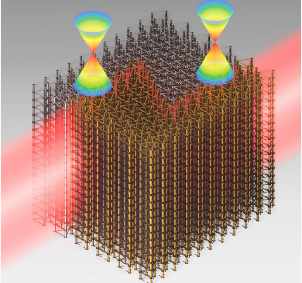
The new 3D topological photonic insulators were made by a team from Zhejiang University and Nanyang Technological University (NTU) in Singapore. The team constructs a 3D photonic topological insulator out of a stack of thin plastic sheets embedded with metal antennas acting as tiny electromagnetic resonators. The key breakthrough is made when they realize how to tailor the resonators to interact with electromagnetic waves in a very specific way, granting the waves the desired topological characteristics. Experiments attest to the fact that due to topological protection, transported photons are not affected by impurities, flows or twists, thereby successfully avoiding information dissipation caused by light scattering.
Hope for treating genetic disorders via genetic compensation response
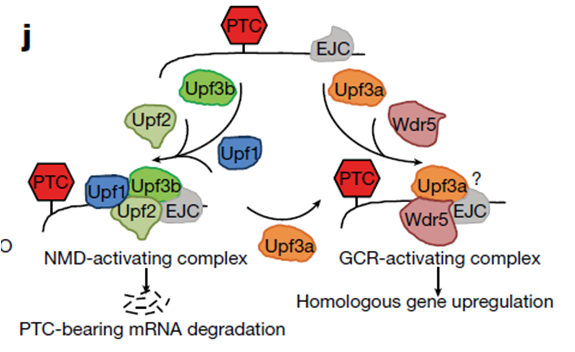
Through a series of genetic and molecular biology experiments, a potential mechanistic basis are unveiled for the genetic compensation response (GCR), a buffering mechanism that safeguards the body against the loss of gene functions that would otherwise be harmful through upregulation of related genes. Key molecules of the GCR, Upf3a (a member of the nonsense-mediated mRNA decay pathway) and components of the COMPASS complex, are revealed in this study, which may open up new prospects in the treatment of genetic disorders.
Physicists set new record with entanglement of atomic Schrödinger cat states of up to 20 superconducting qubits
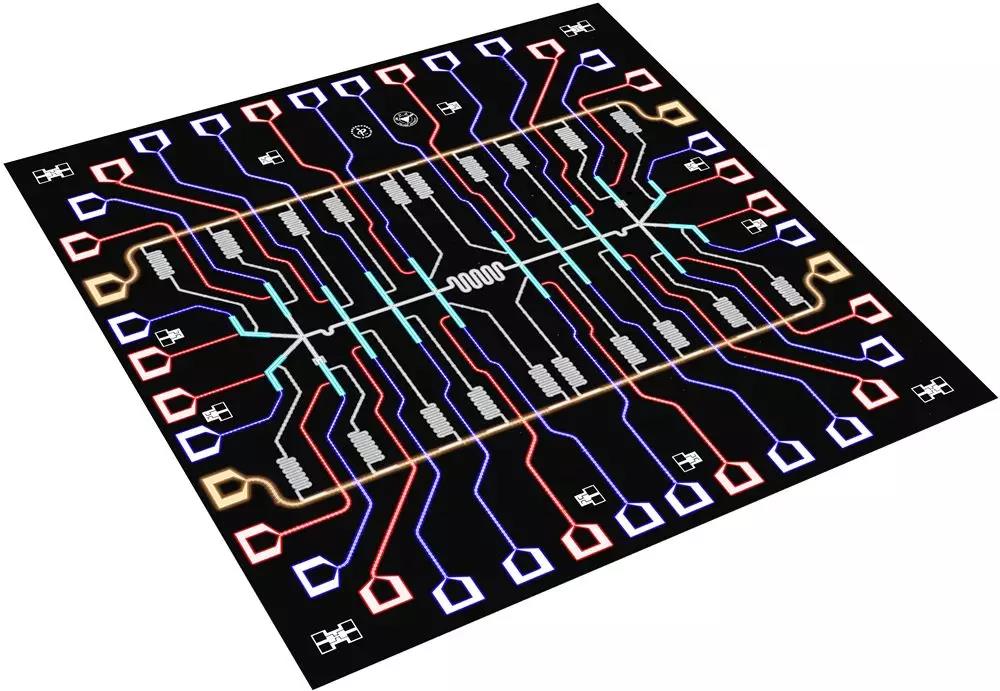
Physicists from Zhejiang University, the CAS Institute of Physics, the CAS Institute of Automation and Beijing Computational Science Research Center have experimentally demonstrated quantum entanglement with 20 qubits on a superconducting circuit, surpassing the previous record of 12 entangled superconducting qubits. With all-to-all connectivity and programmable qubit-qubit couplings, this 20-qubit superconducting quantum processor represents a step toward realizing large-scale quantum computing. It also demonstrates the potential of an all-to-all connected circuit architecture for exploring profound quantum many-body physics, and also for applications in practical quantum metrology and quantum information processing.
International team unravels the mystery of strength and ductility in high-entropy alloys
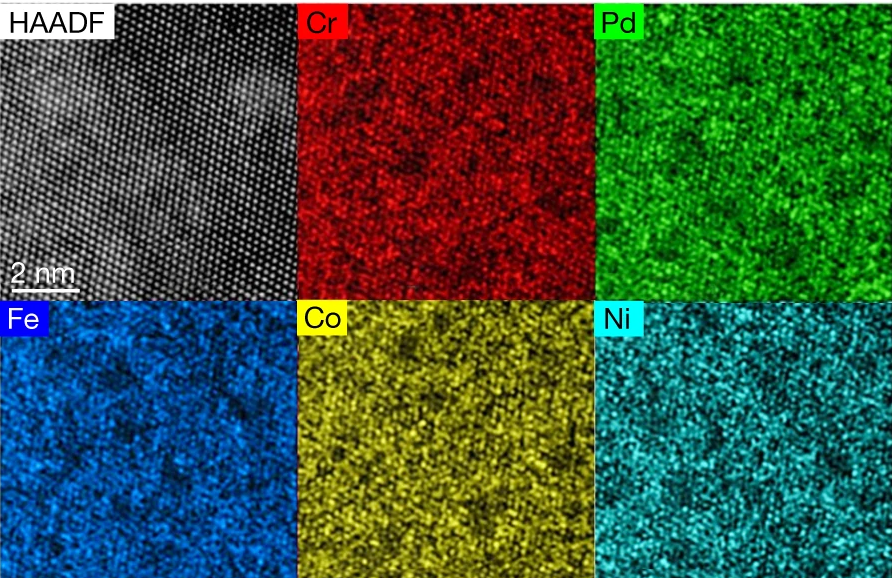
Researchers from Zhejiang University, the Georgia Institute of Technology, and the University of California, Berkeley, engage in collaborative research to find out the truth about high-entropy alloys (HEAs), It is expected to deliver extensive applications in aviation and polar materials as well as in the anti-impact domain. The atomic-scale mapping of chemical distribution and associated correlation analysis (including autocorrelation and cross-correlation) open up opportunities for resolving the nanoscale chemical structures in both HEAs and other solid solutions. This study may provide a fundamental basis for tuning compositions and atomic configurations to produce new deformation mechanisms and mechanical properties in HEAs.
The future of continuous inorganic materials
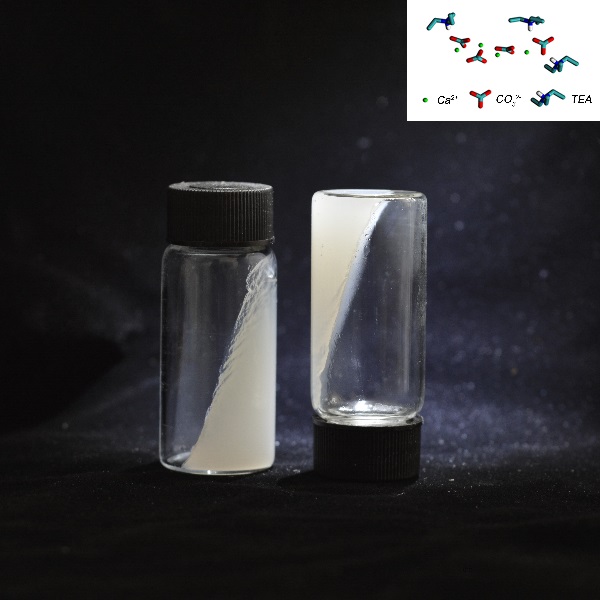
A special precursor—ionic oligomers were designed in ZJU to “suspend” the crystallization process of inorganic compounds, which can be cross-linked like polymer materials, thereby forming continuous and bulky inorganic materials. This means that inorganic materials are expected to be manufactured monolithically like plastic products, and that various complicated shapes can be produced. By using humidity- or water-induced crystallization under mild conditions, this method can be extended to the repair of biological hard tissues (biominerals) such as sea-urchin spines and teeth, demonstrating its potential in biological and biomedical applications.
“Seeing through” the structure of human KCC opens the door to epilepsy treatment
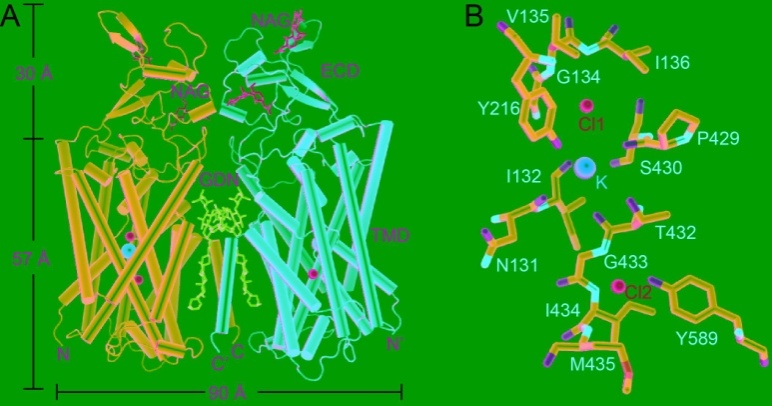
The first cryo–electron microscopy (cryo-EM) structure of human potassium-chloride cotransporter KCC1 in potassium chloride or sodium chloride was deciphered at 2.9- to 3.5-angstrom resolution by structural biologists in ZJU. Their research reveals KCC1 exists as a dimer, with both extracellular and transmembrane domains involved in dimerization and one potassium site and two chloride sites are found in the protein, enabling them to create a feasible model for a potential ion transport mechanism in KCCs. The KCC1 structure provides a framework to interpret disease-related mutations of other KCCs such as KCC2 and KCC3, whose mutations cause genetic disorders of the human nervous system, which also will promote drug development targeting human KCCs.
International faculty unravels the mystery of NOD1 and NOD2
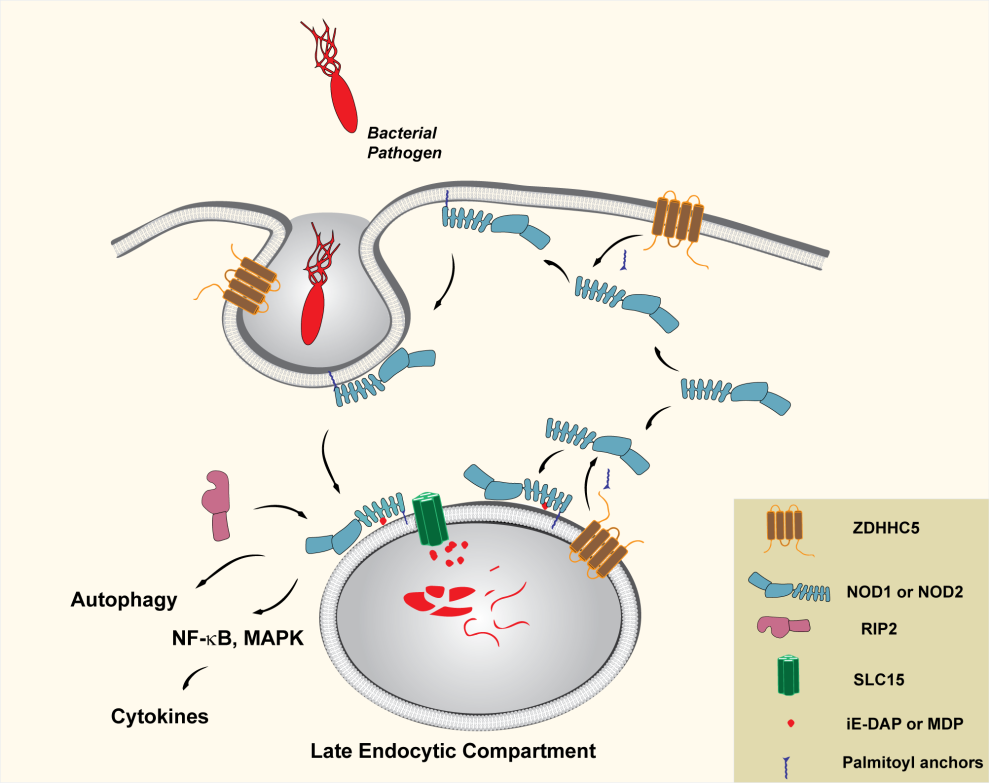
The cytosolic pattern recognition receptors (PRRs) nucleotide oligomerization domain 1 (NOD1) and NOD2 play crucial roles in host defense and survival, primarily by conferring responsiveness to cytosolic bacterial peptidoglycans shed by bacteria during infection. Recently, the research team led by Prof. Dante Neculai from the Zhejiang University School of Medicine has proved that NOD1 and NOD2 require lipid modifications for their recruitment to the cell membrane and function. The specific modification, palmitoylation at a cysteine thiol, is mediated by the enzyme ZDHHC5. They also propose that NOD1/2, together with ZDHHC5 and various transporters (such as SLC15A3), form specialized platforms for pathogen sensing. Their findings are expected to promote the understanding and ultimately the treatment of NOD-driven inflammatory diseases, including NOD-dependent autoimmune diseases and chronic bacterial infections.
Peripheral immune cells under stress cause anxiety-like behavior
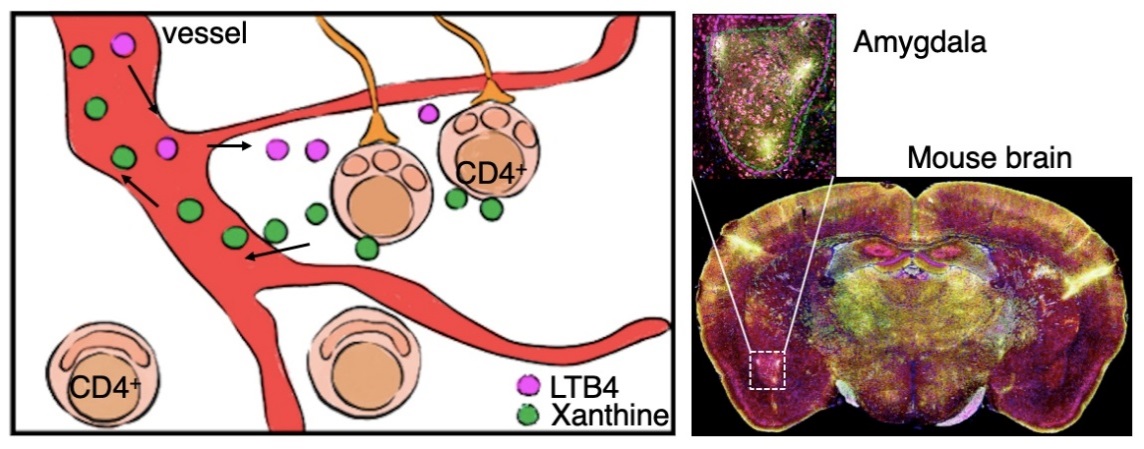
A recent study from School of Medicine shows T cells under stress are “defected from the battlefield”, which leads to a larger amount of purine (xanthine) is synthesized via abnormal glucose metabolism pathway. Xanthine pass through the blood-brain barrier to reach the amygdala, the emotional processing center of the brain and acts on oligodendrocytes in the amygdala through purine receptors on the cell surface, causing the abnormal activation and proliferation of oligodendrocytes and eventually the hyper-activation of local neurons in the fear center and severe anxiety in mice. These results provide insights into the physiological function of adaptive immunity in neurodevelopment and neuropsychiatric disorders. It is expected that they will create profound implications for developing a valuable therapeutic approach to various psychiatric and metabolic diseases.
Intriguing story behind an autoinflammatory disease

Concerted efforts of ZJU molecular biologists and clinical doctors Children’s Hospital affiliated to Fudan University help to identify the culprit of mysterious autoinflammatory disease of a two-year-old boy and a novel therapeutic method is designed to ease his symptoms successfully. Differentiated from the previously reported recessively inherited RIPK1-deficient condition characterized by immune deficiency, one copy of mutated RIPK1 in the caspase-8 cleavage site leads to symptoms of immune dysfunction, including recurrent fevers and lymphadenopathy. This research provided insights into the complex disease mechanisms behind noncleavable RIPK1 variants in humans compared to that of the mouse models. It also linked an activating RIPK1 variant to ferroptosis, which sheds light on the diverse roles of RIPK1 in regulating several cell death pathways.